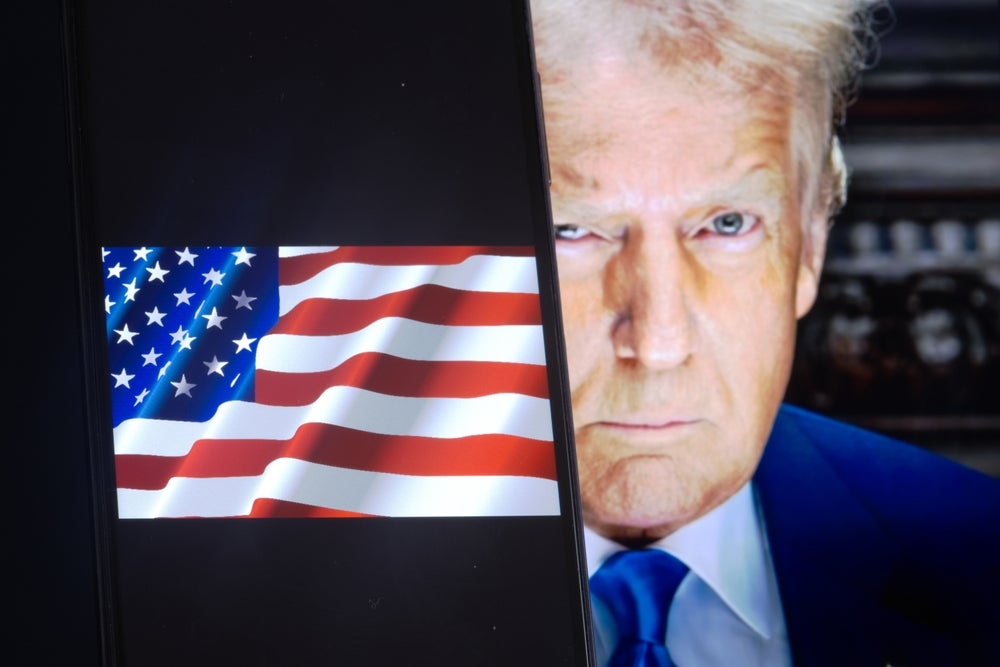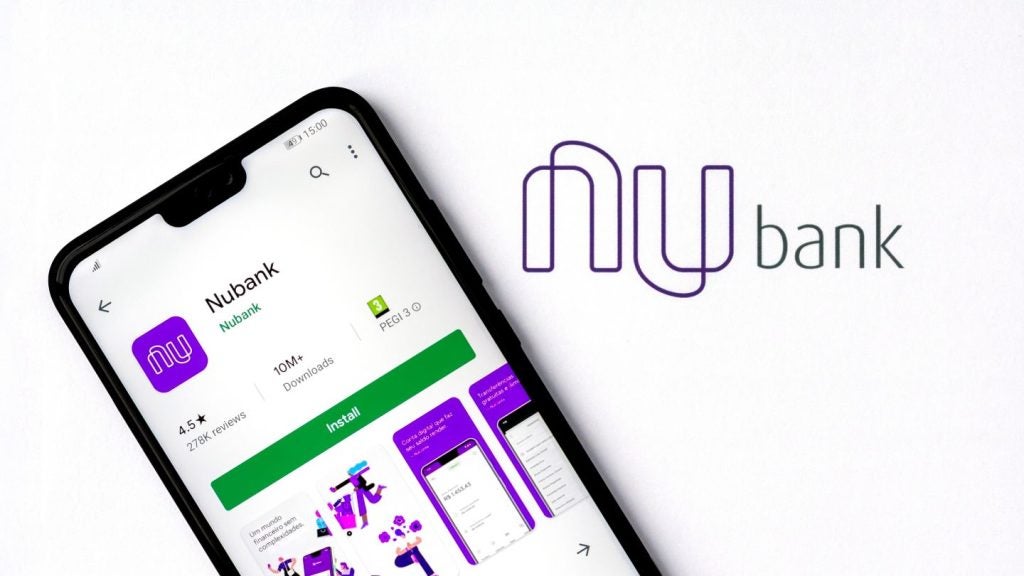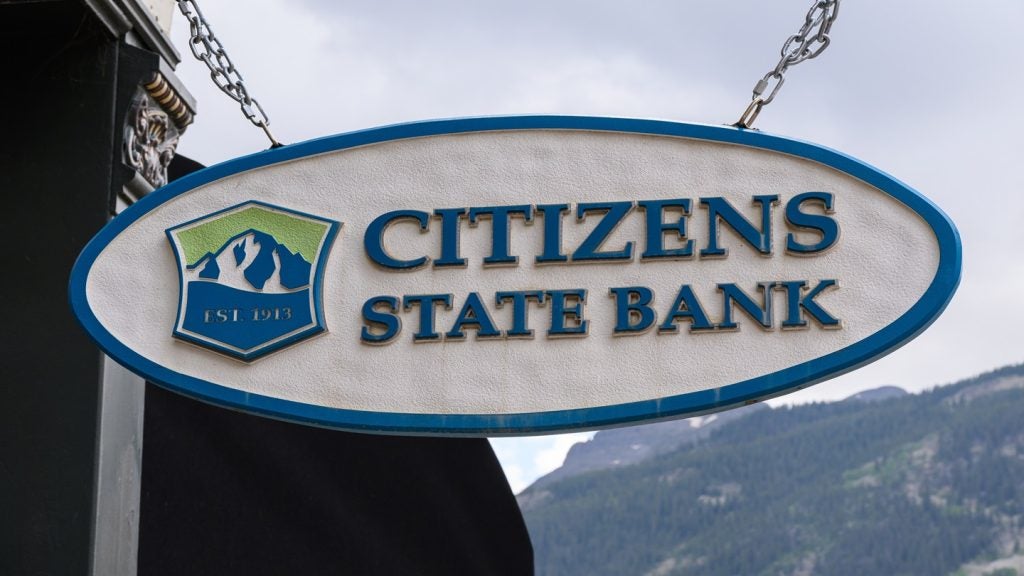In these fraught days, one of the few areas banks are
continuing to invest in is m-banking. Mobile phone penetration
levels worldwide continue to rise – and the functionality of these
devices continues to improve. Third Generation phones such as
Apple’s iPhone – and Apple’s vast ‘apps’ market (see RBI 616, 620) – are
growing in popularity, and ‘m-commerce’ – business conducted via
mobile devices – has now become a mainstream industry in its own
right.
Penetration of m-banking services vary
enormously from country to country. India remains an m-banking
hotspot, with China catching up fast (see
RBI 617). Most of the major banks in the US now run a
range of mobile applications – and the channel is now the preferred
banking channel for 1 percent of Americans (see RBI 622).
In the UK, m-banking has been slower to take
off, despite huge use of SMS text banking – though the recent
launch from Royal Bank of Scotland of an iPhone application shows
developing interest in the channel (see
News Digest).
Of all countries, South Africa perhaps stands
out from the crowd. Recent research commission by the country’s
second largest banking group, First National Bank (FNB), concluded
that the number of people banking from their mobile phones has now
exceeded that of people banking from their computers. More than a
quarter of customers, said the research, turn to their cell phones
for services ranging from informational transactions to financial
transaction types including account payments.
The Mobility 2009 research, released
by market research organisation World Wide Worx, was backed by FNB
and Research In Motion, the company behind the BlackBerry device.
While 16 percent of banking customers in South Africa use the
internet for banking, 28 percent use their cell phones. A total of
34 percent of banking customers use one or both of these channels.
Outside of the branch and ATMs, only 6 percent rely exclusively on
the internet, while 18 percent rely only on cell phone banking.
The CEO of Absa, one of FNB’s main rivals in
South Africa, told RBI in September that her bank was
seeing up to 5,000 clients registering for its m-banking service
every day. The growth meant that the bank, majority owned by
Barclays, now had 1.4 million mobile banking customers, up from one
million in February of this year.

US Tariffs are shifting - will you react or anticipate?
Don’t let policy changes catch you off guard. Stay proactive with real-time data and expert analysis.
By GlobalDataCoinciding with the release of Wide Worx
research, FNB itself has rolled out a person-to-person m-payments
service for the South African market called Send Money.
The product, which allows instant payments for
FNB customers to anyone with a mobile phone, comes at a time when
similar P2P money transfers, such as M-Pesa in Kenya (see RBI
618) are gaining traction across the African continent. In
September, for instance, telecommunications specialist Zain
expanded its African mobile money service to Kenya, Tanzania and
Uganda. The service, called Zap and run in partnership with
Citibank and Standard Chartered, is already available to over 100
million people in East Africa, according to the company.
According to figures from research group
FinScope cited by FNB, some 3.8 million people send money to family
and friends living within South Africa annually. Via FNB’s new
service, customers can send money instantly to anyone who has a
South African mobile device. The receiver does not need to have a
bank card or a bank account to access the money sent to them: they
withdraw their money from one of the 4,300 FNB ATMs.
There are no charges to withdraw money from
ATMs, and withdrawals can be made in full or receivers may choose
to withdraw part of the money and keep the rest in a so-called
Wallet for future use. In addition, receivers have access to other
services with the money in the Wallet: they can buy prepaid airtime
for themselves or someone else, send money on to someone else,
check their balances and shop online using Cell Pay Point, a
service that allows the receiver to pay for online shopping using
their mobile phone.
Until 15 May 2010, there are no charges to
send money, and receivers will be able to check their balances and
send money on to someone else free of charge.
|
DISTRIBUTION |
|
|
FNB – top 10 services driving |
|
|
% |
|
|
Balance enquiry |
74 |
|
Notifications |
73 |
|
Buying airtime |
61 |
|
Statement/mini-statement |
48 |
|
Notification of account limit |
47 |
|
Transfer funds between accounts |
35 |
|
Pay accounts |
28 |
|
Buy pre-paid electricity |
24 |
|
Make a purchase |
21 |
|
Add beneficiaries |
8 |
|
Source: FNB |
|







